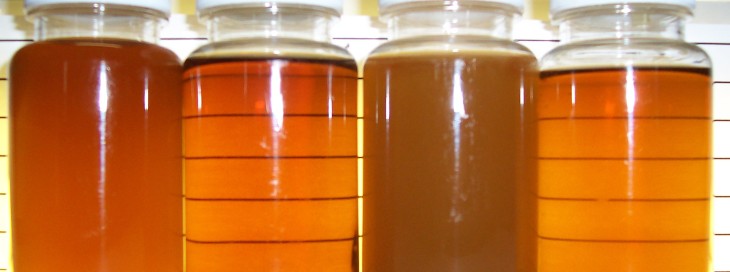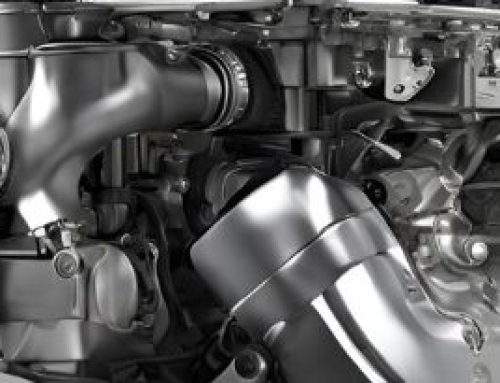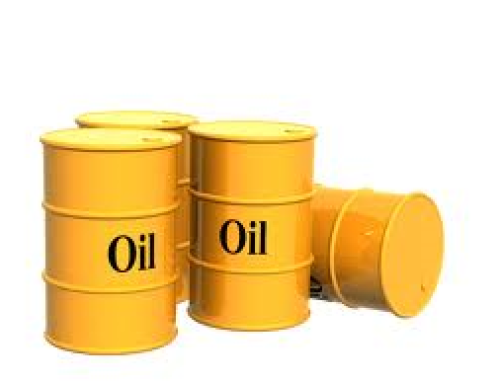Do you perform any oil tests? Do you do it periodically or only in case of failure? Is the analysis carried out on all equipment, or only a select few? And finally – are oil samples taken from the best place, from the laboratory’s point of view? – These are the questions every salesman asks when talking to a customer. What he often doesn’t do – is help set up the right oil analysis program so as to maximize the value of the laboratory results, for the customer. To do this, you need to determine several factors very important to a proper analysis program.
SELECTION OF MACHINES
What equipment efficiency is important enough to justify spending extra time, money and energy, to ensure its reliability? The easiest way is to look through the prism of the size of the oil tank and/or the criticality of the efficiency of the equipment.
With huge oil tanks, there is a strong need to maximize oil life and take special care of the oil, as replacements are a big additional cost. Quite a few companies can save a lot of money by stopping looking at the replacement calendar, and by using an oil analysis program to first eliminate external factors that degrade the oil, and subsequently extend the operation.
Similarly, if the efficiency of the equipment is critical to the plant and the oil tank is small. In this case, oil testing is also advisable if sampling involves a sizable emptying of the tank. In such a case, it is less a matter of testing the condition of the oil and more a matter of continuous information on the condition of the equipment in which it operates.
FREQUENCY OF TESTING
The frequency of testing is very much related to several variables, where the most important is the magnitude of losses associated with unforeseen failure. The cost of production line downtime (no production = no sales, sometimes forced paid vacations), ordering for urgent replacement parts, (which are often made to order, outside of your country and urgent orders cost 2x more by definition).
Further will be the operating conditions of the oil. If there is a possibility of contamination whether by particulate matter, water or chemicals, the sampling frequency should be higher.
The age of the device also matters quite a bit. The highest probability of failure is right after purchase and when its time is nearing its end. The frequency of testing should be determined by these factors, shortening the periods at the beginning and end, and lengthening them after the arrival period.
On top of that, there is also a limiting oil purity, mainly for hydraulic oils. If the DTR of the equipment does not contain such a value, it is best to contact the manufacturer. The higher the purity requirement, the higher the frequency of testing should be.
LOCATION OF THE SAMPLING SITE
A sample taken from the wrong site will effectively kill the entire oil analysis program.
The sampling point is a standard sampling location. Oil from this location is tested for contaminants, wear particles and physical and chemical properties of the oil. This location varies from system to system, but is most often located on a single return line before entering the main tank.
SAMPLING PROCEDURE
The correct collection procedure is, next to the correct collection point, the most important factor determining the validity and usefulness of test results. It is important to keep in mind several principles and train technical personnel accordingly.
- Before pouring the sample, run the device for min. 15 minutes for even mixing of contaminants in the oil volume and for the oil to reach operating temperature.
- ALWAYS pour the sample straight into the sample bottle, avoiding third-party packaging
- Do not take a sample at the very beginning and end of the oil beaker.
- Cap the flooded bottle immediately, for protection from outside contamination.








